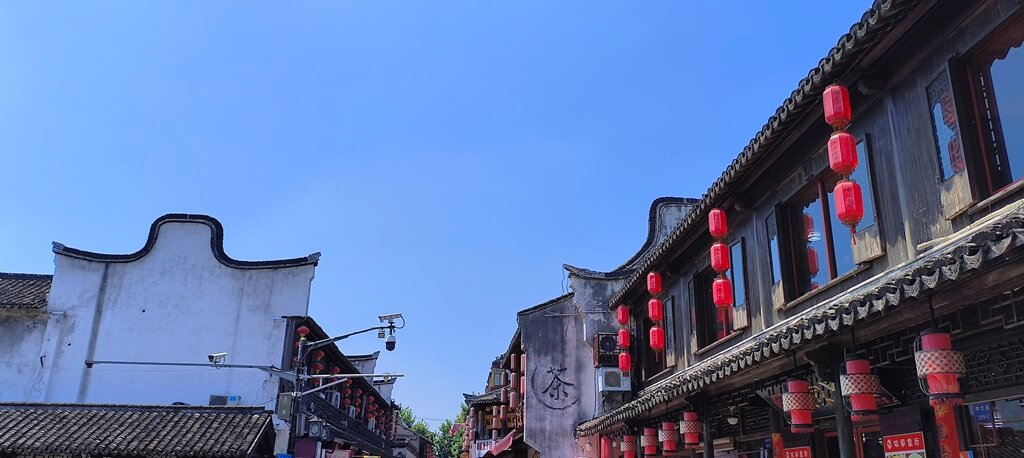Phantoms in Cassiopeia: A Cosmic Dance of Destruction and Creation
Image Credit & Copyright: Christophe Vergnes, Hervé Laur
Explanation:Gazing towards the constellation Cassiopeia, a telescopic view reveals a mesmerizing skyscape dominated by two ethereal, comet-shaped clouds: IC 59 (left) and IC 63. These brightly outlined shapes, resembling phantoms on a cosmic scale, are not ghostly apparitions, but rather vibrantnebulae, celestial nurseries where stars are born and die.
Located approximately 600 light-years away, these clouds are slowly fading under the relentless influence of gamma Cas, a hot, luminous star residing just 3 to4 light-years away. This powerful star, positioned just above the right edge of the frame, emits intense ultraviolet radiation, a force that sculpts and transforms the nebulae.
IC 63, positioned closer to gamma Cas, isawash in a vibrant red glow. This is the signature of H-alpha light, emitted as hydrogen atoms, ionized by the star’s radiation, recombine with electrons. This process, known as photoionization, is the driving force behind the nebula’s vibrant color.
Further away from the star, IC 59exhibits a more subtle palette, showcasing the interplay of various elements and the intricate dance of cosmic forces. The star’s radiation, while less intense at this distance, still shapes the nebula, carving out intricate patterns and sculpting its ethereal form.
This celestial spectacle is a testament to the dynamic nature of the cosmos. Thedestructive power of gamma Cas, while seemingly harsh, is ultimately a catalyst for creation. As the nebulae are slowly eroded, they release the raw materials necessary for the birth of new stars, perpetuating the cycle of cosmic evolution.
References:
Views: 0
